“This diamond has so many carats it’s almost a turnip.”
Richard Burton
Diamond buying can be an important and costly experience, so make sure you understand the “language of Diamonds.” When purchasing a diamond, begin with the mantra of the Five Cs.
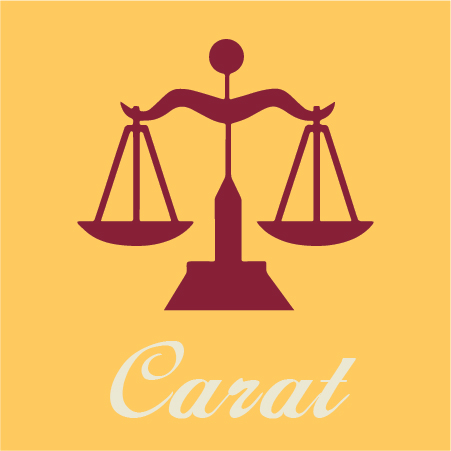
Carat
- Carat is simply the weight of the diamond, but that alone does not determine the value.
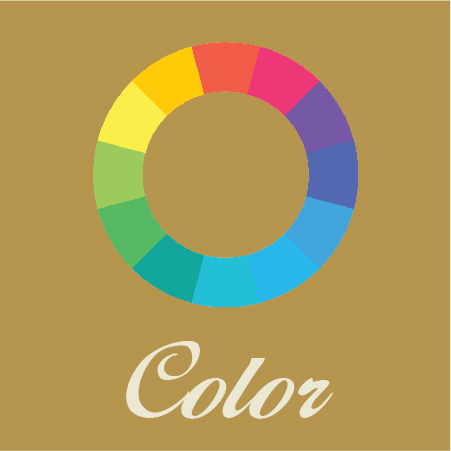
Color
- The color scale of diamonds begins with D (colorless), the best grade but very rare, and ends with Z (saturated), which are usually yellowish colored stones.
- D, E, & F are considered colorless ratings and many can not tell these diamonds a part.
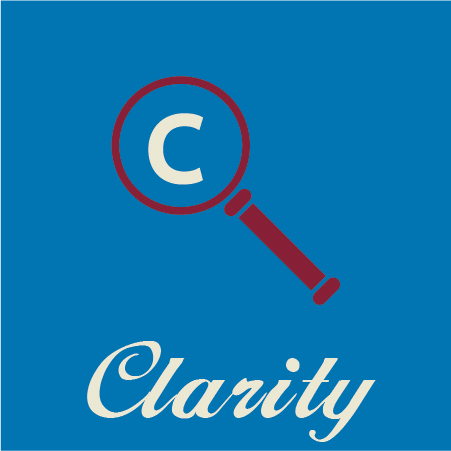
Clarity
- Refers to the presence of imperfections in the stone.
- Numerous inclusions or “imperfections” can interfere with the path of the light or brilliance of the stone.
- The clarity rating ranges from FL (flawless) to VSI & VS2 (very slightly blemished with 10x magnification). Most fine jewelers will not deal with stones lower than VS1 & VS2 rating.
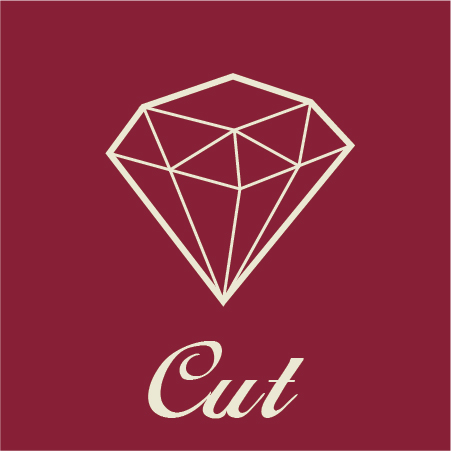
Cut
- Many consider the cut one of the most important qualities of a diamond because it affects the stones appearance, which affects its value.
- The four grades of diamond cuts: Ideal, Very good, Good, & Poor/Fair.
- Cut does not refer to the shape but symmetry and proportions of the stone.
- If a stone has great color and clarity, but a poor cut, it will appear dull.
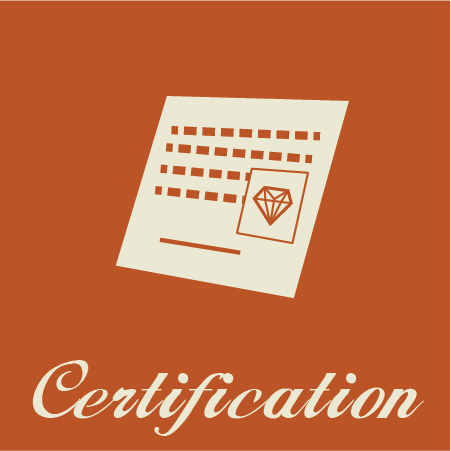
Certification
- Unbiased third party companies that certify diamonds are the American Gem Society Laboratories & the Gemological Institute of America.
- Certifications can be found for “conflict-free” stones, the stone’s history, or place origin can be traced. Many companies like Tiffany & Co. have strict standards that all their stones must meet.


